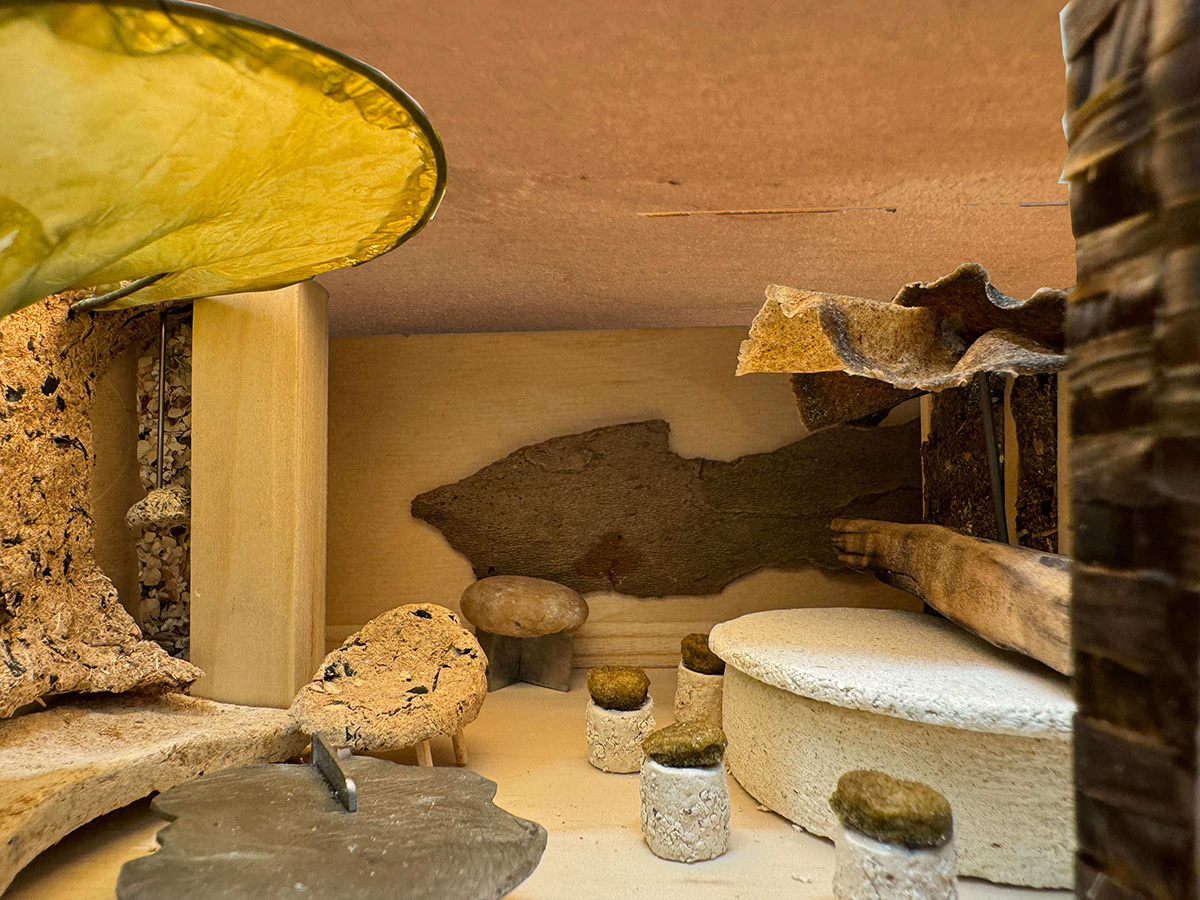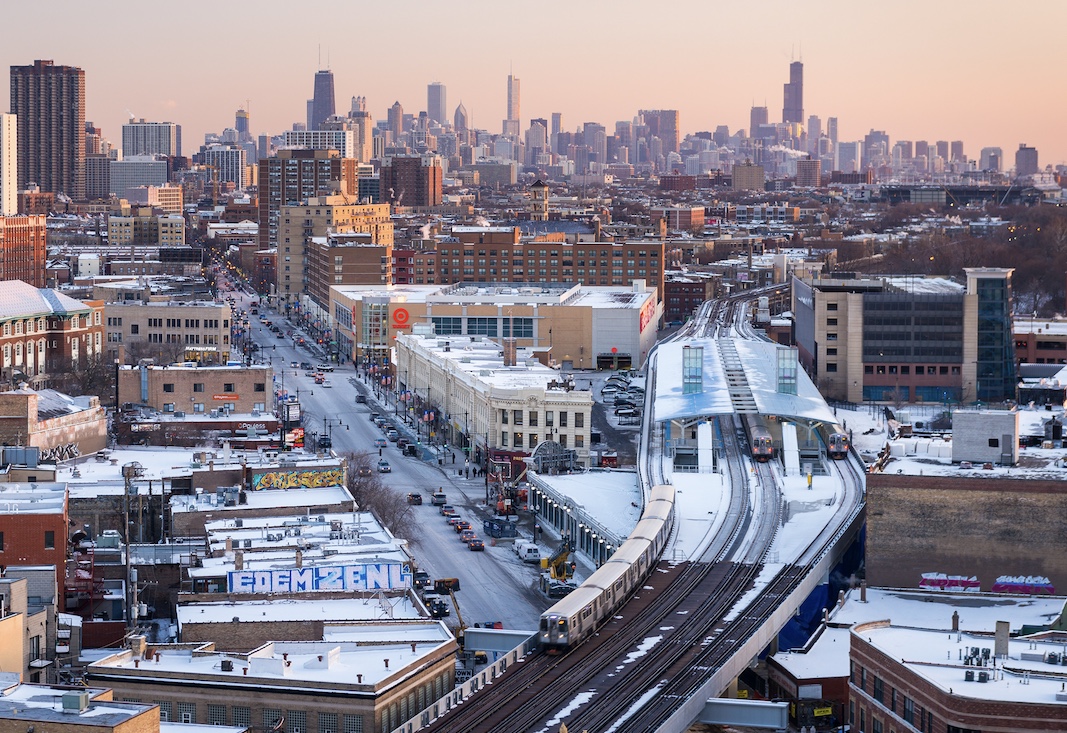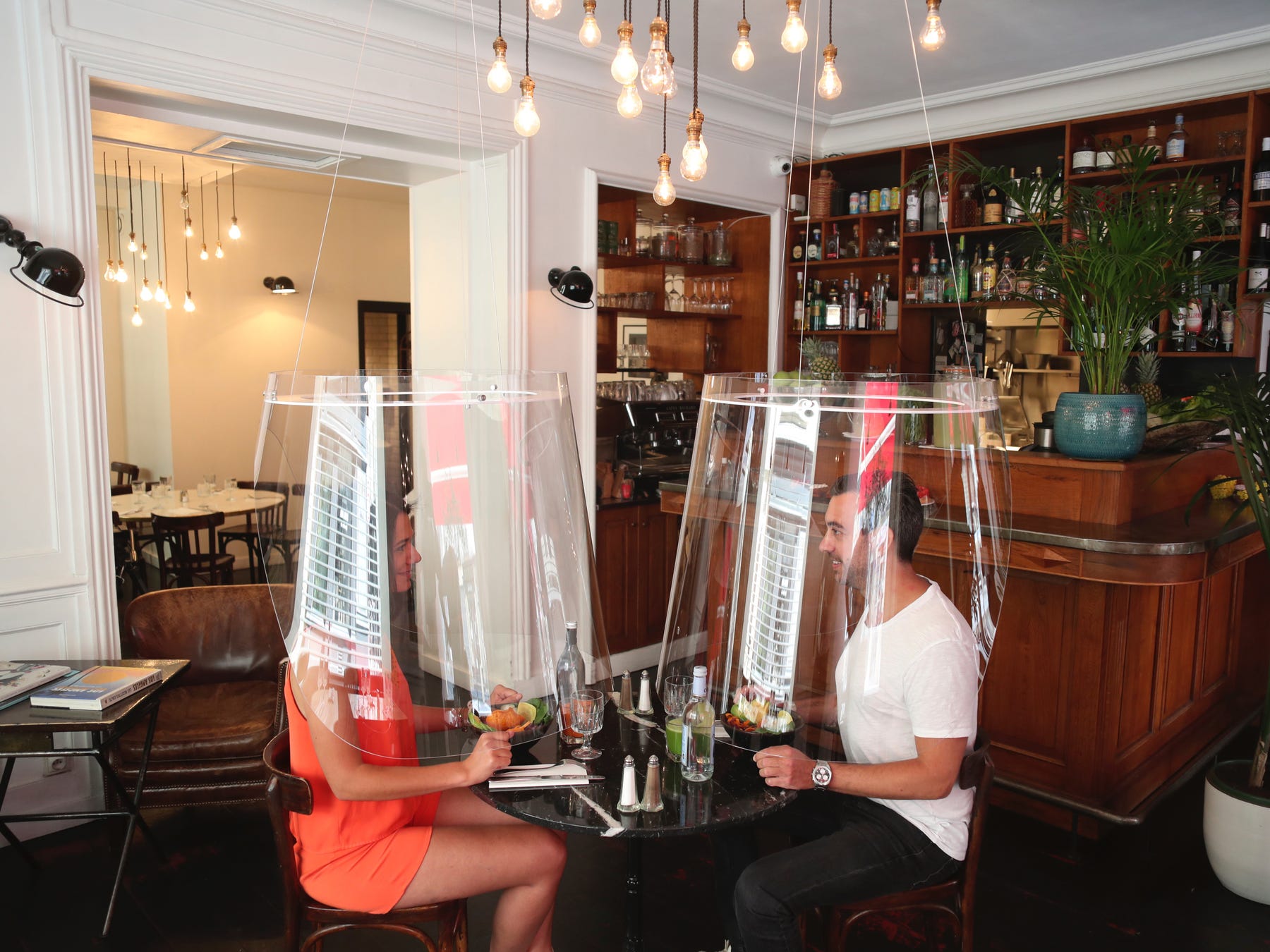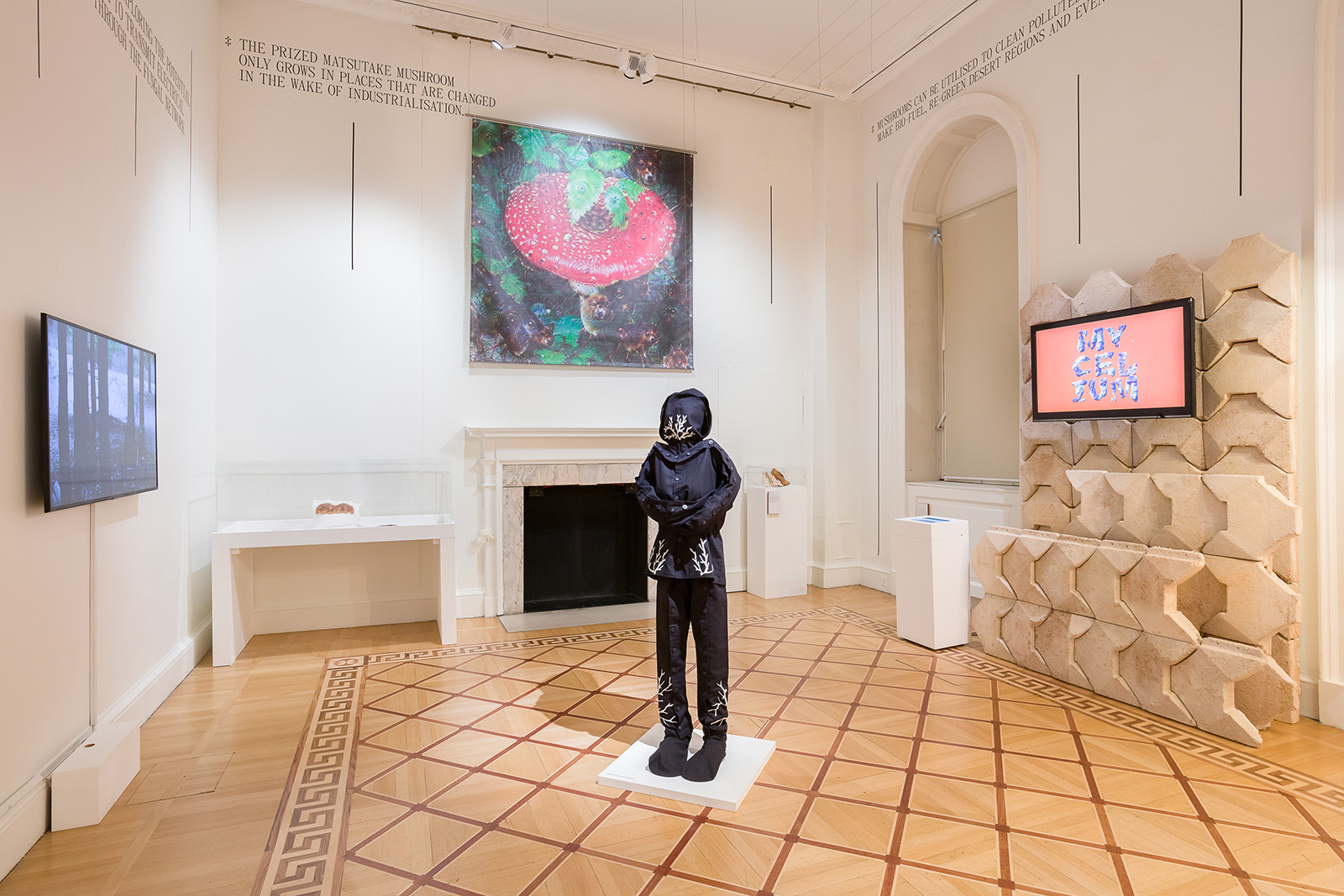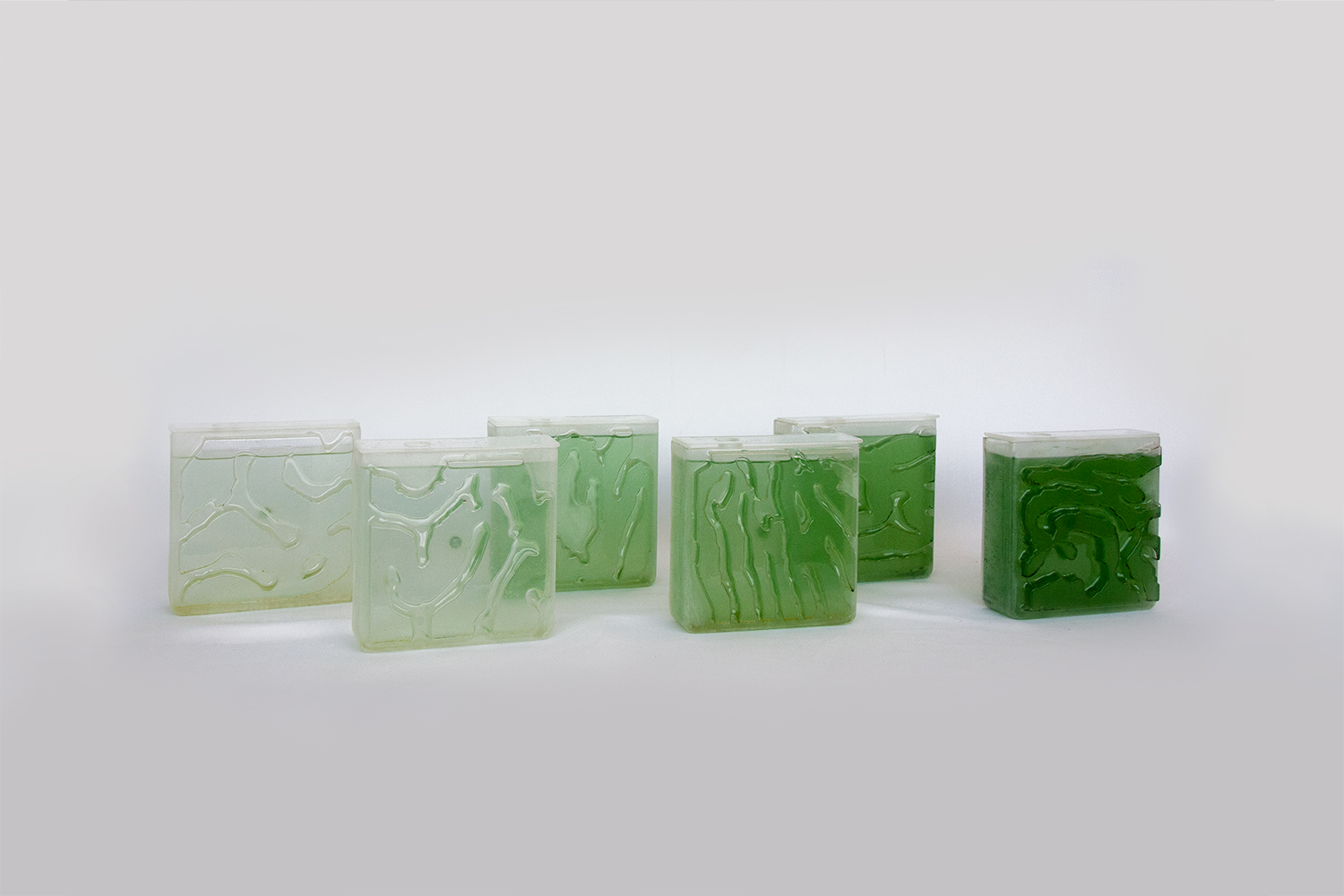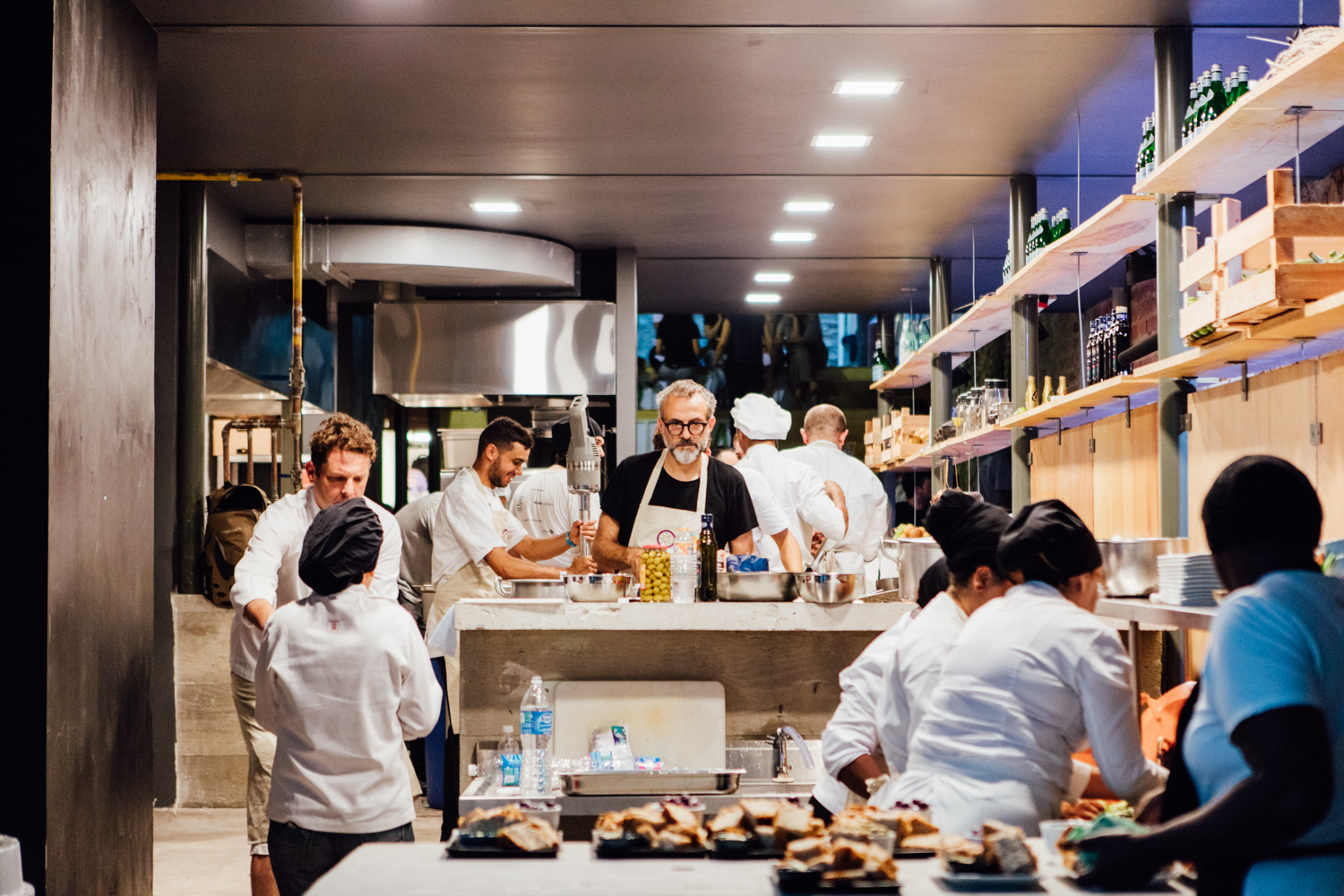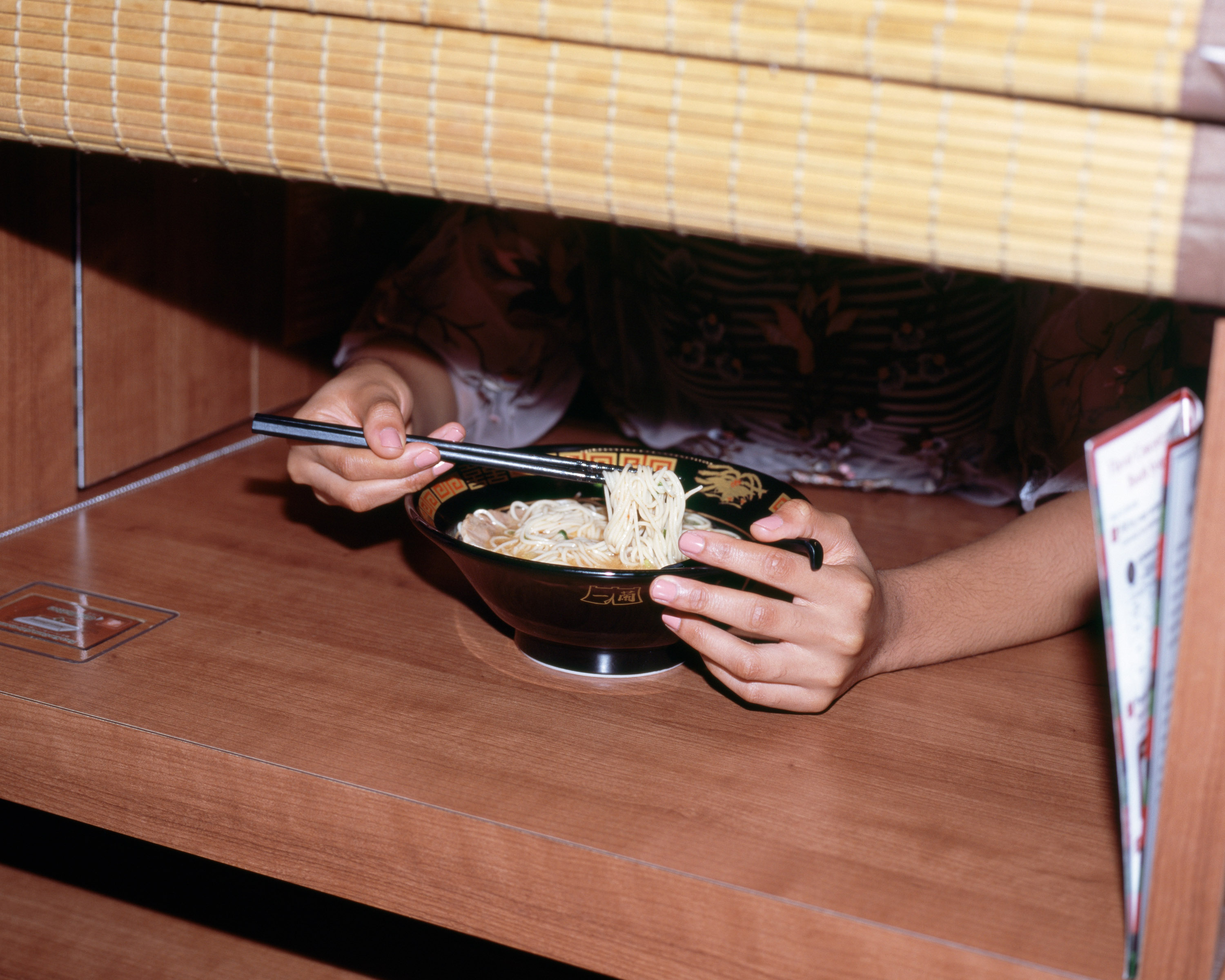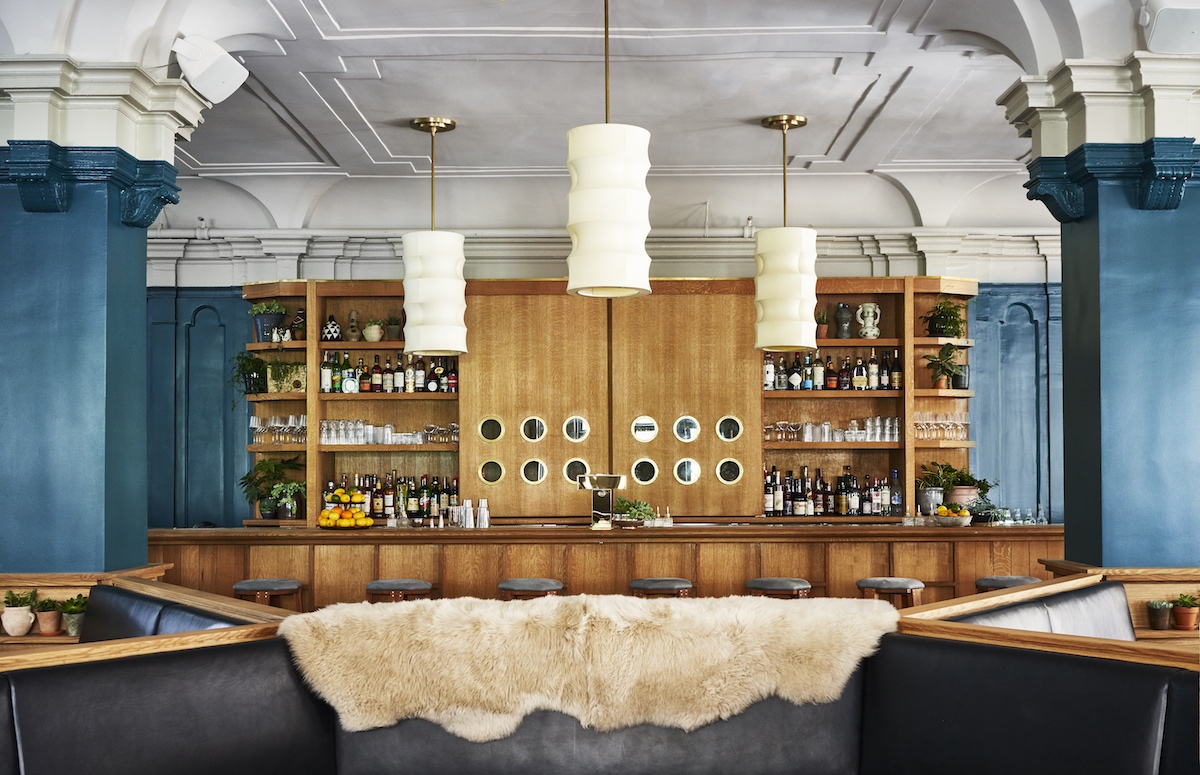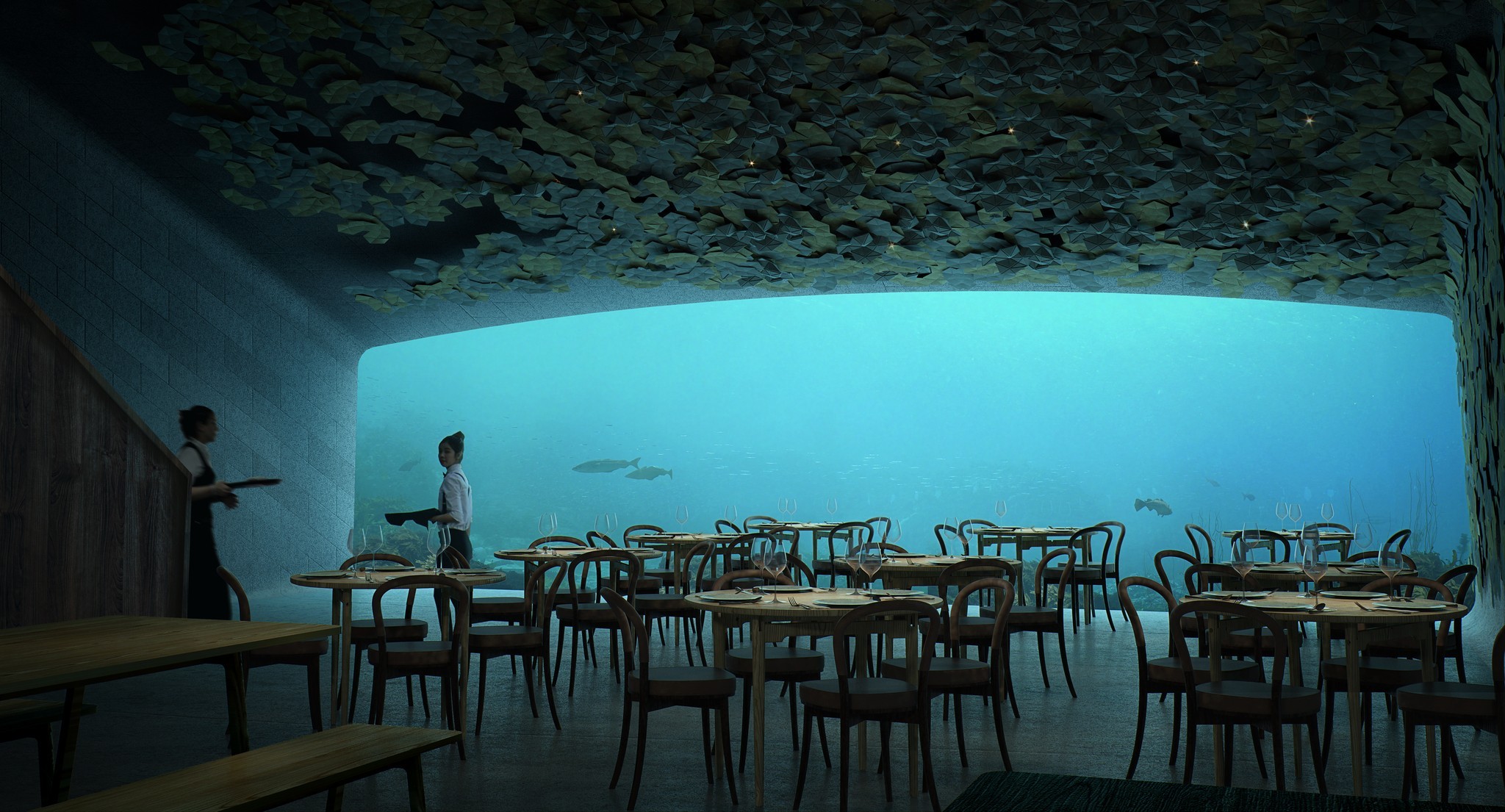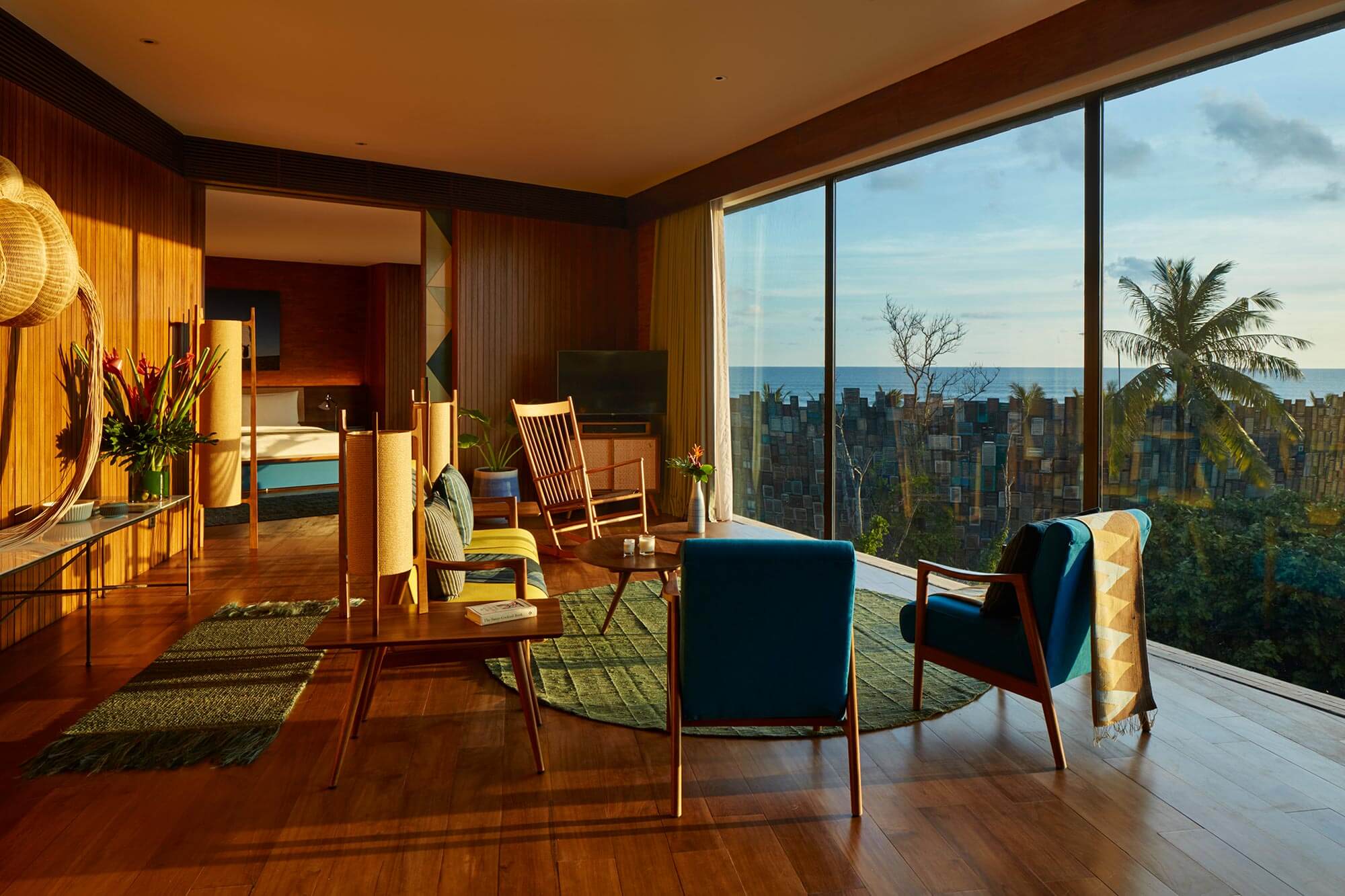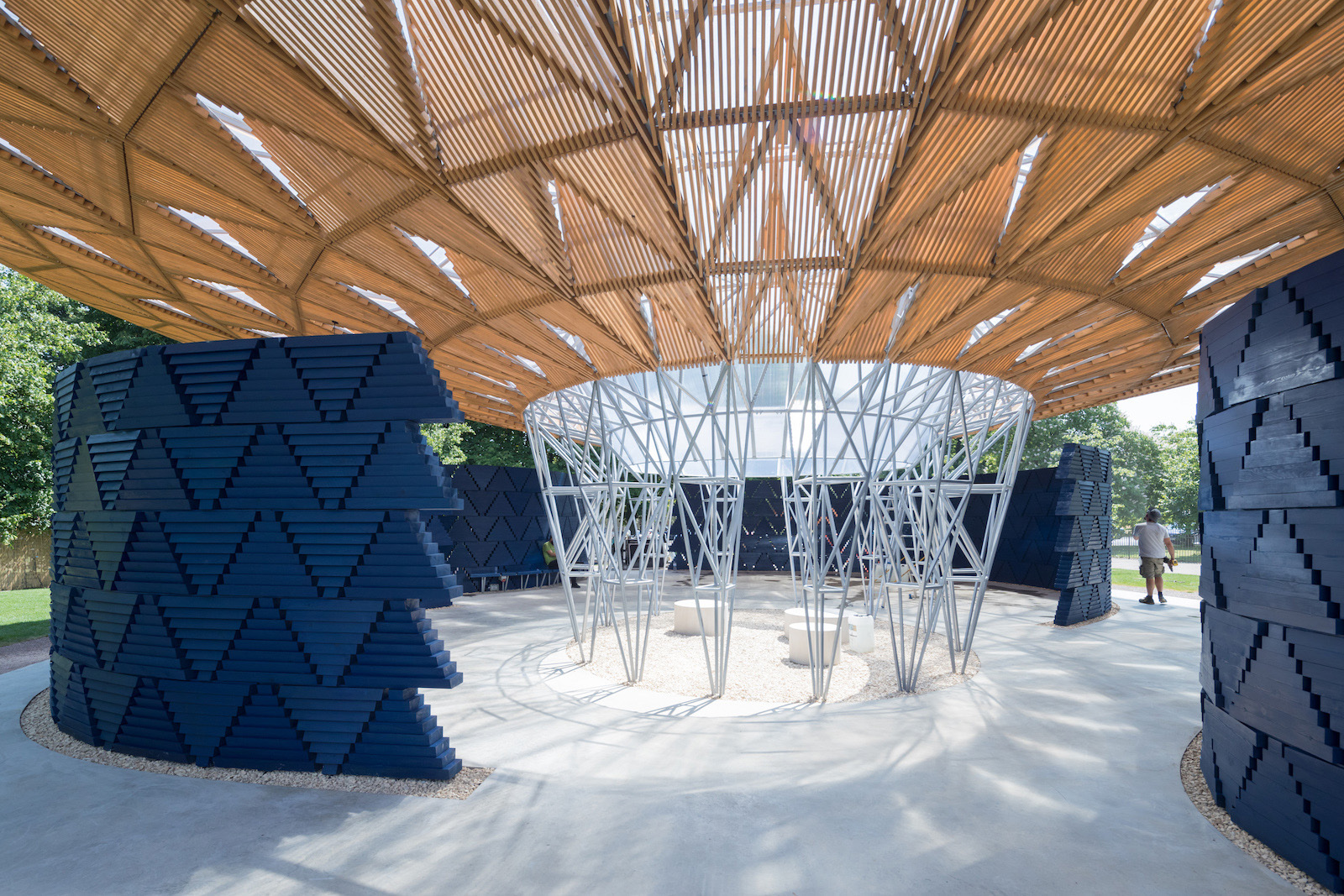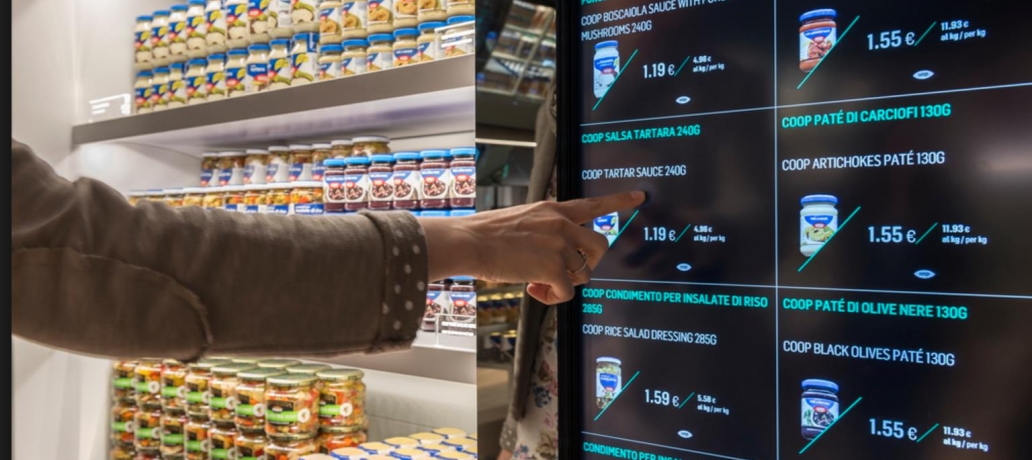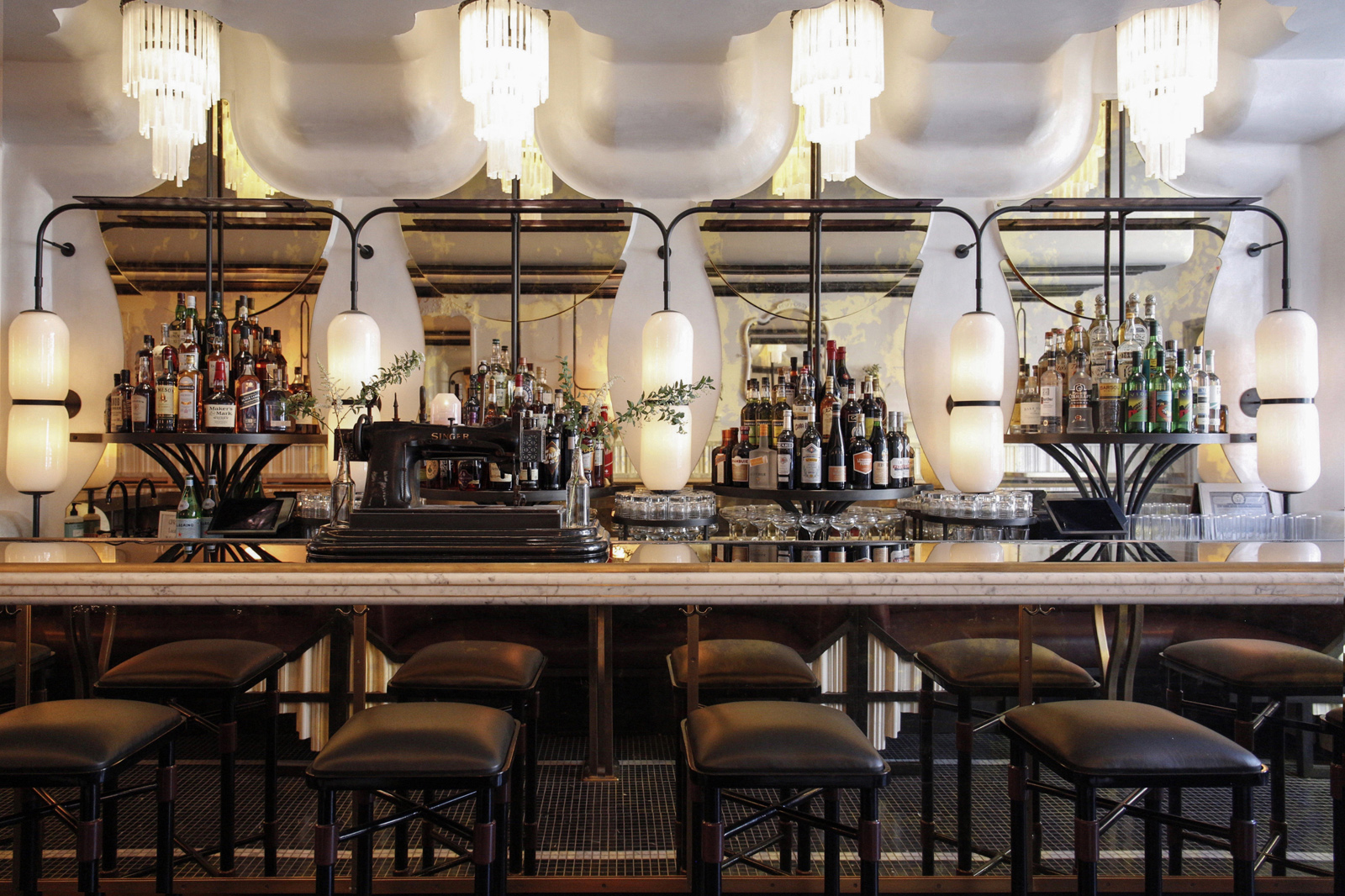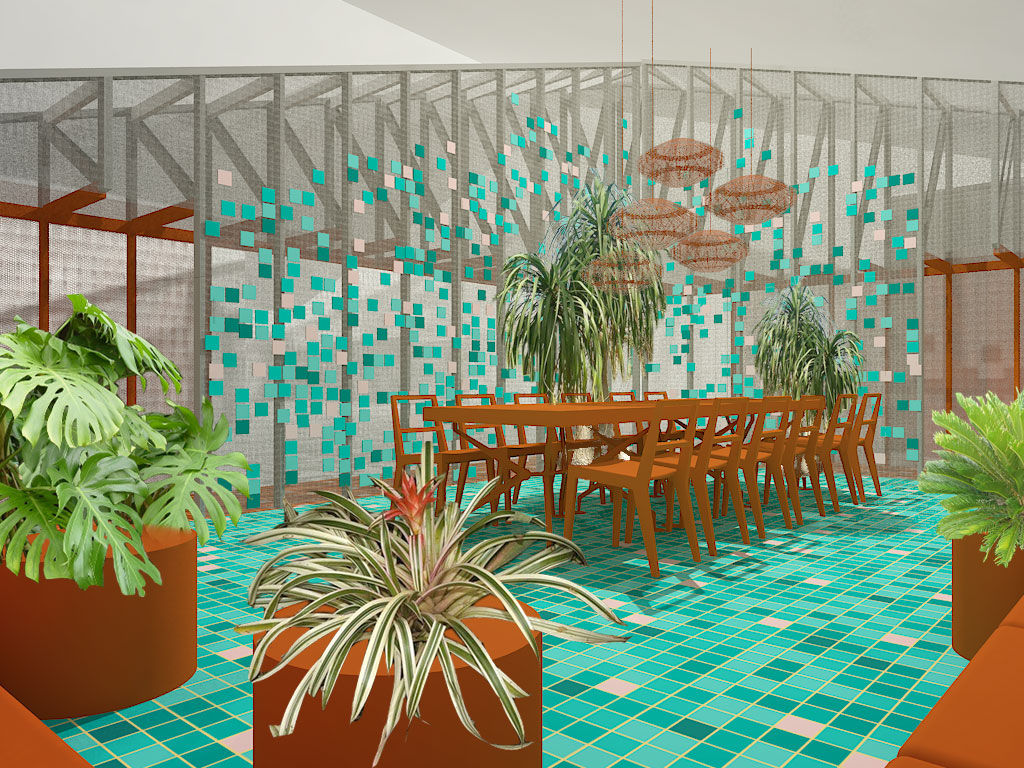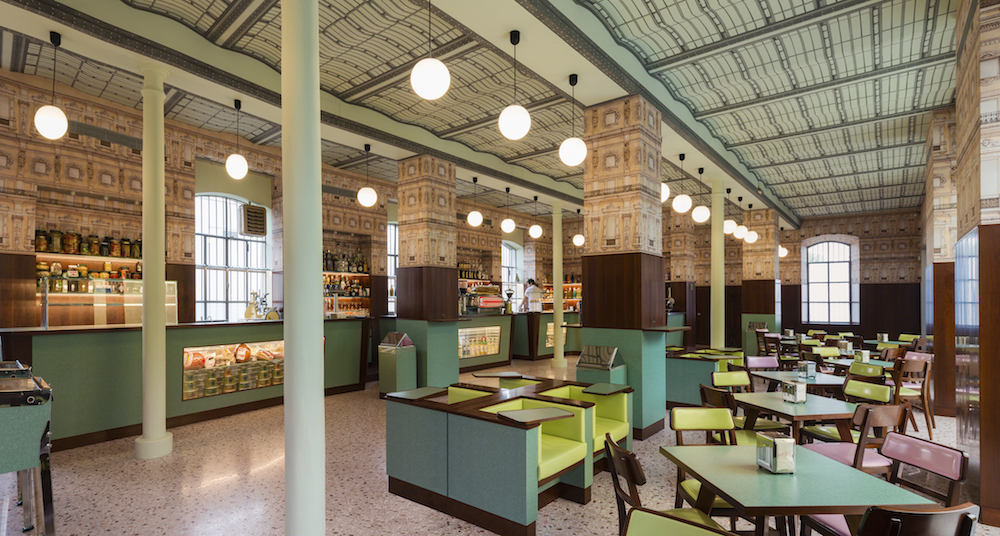In chatting with Gray V, the sound design pros behind countless coveted New York restaurants (and beyond), it becomes clear that music during dinner isn’t just a matter of what’s streaming through the speakers. While there’s surely a definitive art to the curated playlist—one that doesn’t annoy guests or the ever-present wait staff—it goes beyond that: factoring music into the equation is an essential design element. Speakers should be heard not seen, and diners should be heard not screaming. Acoustics, aesthetics and ambiance are all at play, and Gray V ensures every aspect of sound has been considered. Here, we chat with co-founder Lori Hon and music supervisor Alec DeRuggiero about how they make music a seamless yet enticing part of restaurant design.
 The sound of the Agern includes Løb Stop Stå by Boom Clap Bachelors
The sound of the Agern includes Løb Stop Stå by Boom Clap Bachelors
MOLD: When did you launch Gray V?
Lori: My business partner Paul and I started the company in 2002; we had known each other for ages before that.
What are your first steps in working with a new client?
Alec: You get some people who are really specific and people who are really vague. So we typically put together sample lists for them to make sure we’re on the same page and then from there we expand everything and build out those lists. It’s a lot of hours, especially if it’s retail or a hotel, they’re spending a lot of time in the space so we want to not drive the staff crazy with hearing the same music all the time. But every concept is different and every concept is unique.
Lori: And that’s the fun part for us. Because of people having more access to music, their tastes have expanded, and that’s been the most fun part is when we get that crazy direction and we can actually execute it and people really do appreciate it.
How do you describe the Gray V ethos?
Everybody winning. We get to, as consumers, go hear great music, and places are able pay the artists that they’re using.
Does the time of day affect the music selection?
Alec: Yes definitely, especially for restaurants or hotels. It’s all about trying to keep that consistent energy and flow for each time of day and that it’s complimenting the energy and vibe in the room.
 11:30AM at Sweetgreen with Them Changes by Thundercat playing
11:30AM at Sweetgreen with Them Changes by Thundercat playing
How do you define hospitality in your work?
Lori: We’re always focused on custumization. Most of the efforts that we’ve done recently are pushing toward being able to—we have certain clients that want their playlist and they want it in order, and then we have other clients who don’t know what they want and they come to us and say, “Hey I don’t know what I’m doing but here’s the vibe.” And we want to be able to accommodate everything in between those two. That is the stretch, and music is so subjective, so we’ve always focused on really quick turn around, being able to take people’s feedback and crazy requests and really turn that into something really cohesive.
We can help as much as we can, but really our role is we need to treat all clients as hospitably as they are to their clients. That’s something that’s really missing in our industry, where we’re constantly checking in and following up. We really focus on that service level, of taking it very seriously, so it’s one thing off the list that they don’t have to worry about.
Alec: I think recognizing that everyone’s time is precious and being able to react quickly.

 Like chef Marcus Samuelsson’s culinary tribute to black southern cuisine, Red Rooster’s soundtrack is inspired by Harlem’s rich musical history with contemporary influences.
Like chef Marcus Samuelsson’s culinary tribute to black southern cuisine, Red Rooster’s soundtrack is inspired by Harlem’s rich musical history with contemporary influences.
What’s the process like in making sure every playlist is unique? Does it matter?
Alex: I definitely think it matters. Every concept is a little unique and different and there’s a different demographic and thing they’re going for even if they’re trying to emulate something else.
Lori: Different venues can get away with different music, and we can kind of translate something a client likes to how it applies to their business. That’s sort of the biggest art form that we do is, they’re saying this, but really they want this over here. And they want sort of a different take on this ultra cool thing that they heard.
 The Wythe Hotel’s Reynard has a bistro setting and a soundtrack to match.
The Wythe Hotel’s Reynard has a bistro setting and a soundtrack to match.
How do you find new music, what are your sources of inspiration?
Alec: We get sent a ton of content from all the labels; I still listen to blogs and different online radios like FMU, KCRW. There’s a whole mixed bag of avenues, there’s no real one place. Gone are the days of going to Tower Records. There’s a million different ways to consume it so we’re just hitting all the marks.
Lori: We probably get pushed 1,000 to 3,000 tracks everyday from the labels, because now with technology they have all of that automated. That’s probably been the biggest shift in our business is, before, nothing was digital, you had to make a direct contact with people. Now we can go through things that would have been very difficult to find before and it’s really helped us. Our Latin game is so much better now that we’re able to just have access to the music.
What is the most significant musical element that influences a diner’s experience?
Lori: I went somewhere and heard that Michael Kiwanuka song from Big Little Lies and it’s such a good song but it’s so tied to that TV show. We wouldn’t use something like that because it’s really distracting the meal, and then you start a conversation with the person there like, “Did you see Big Little Lies?”
Alec: For me, it’s that fine line of creating a playlist for people that has enough discovery in it but then you’re still hearing something that’s familiar. It’s finding that balance of not being too cool or esoteric and also not sounding like a Top 40 radio station.
Lori: If it’s a seamless part of the experience, where you don’t even know what’s adding to it but you just know it feels good. You want to just bump your ahead along the feeling of noticing the music.
 Grits are served at Red Rooster
Grits are served at Red Rooster
How does the design of a space play into what you choose?
Lori: Lighting, music, temperature and what they’re serving—those are the big elements that really hit the space. And music is the easiest one, of all the design elements, to actually change and it’s the one that’s most alive in the room. The music really sets the tone. We try to be as involved as we can ahead of time.
Alec: A lot of the time music is an afterthought just as far as the speaker layout, how much coverage they have; they spend all this money on the design and the look and feel of the restaurant and music is an extension of the design.
Lori: And nobody wants to see the speakers, but if you can’t see them, you can’t hear them.
Alec: Behind drywall it’s going to sound like someone’s butt’s sitting on a speaker, you know. It definitely helps when we can get the collaboration going and get in there early.
Lori: We’ve had projects where they wanted a certain type of music, and then we get in there and the sound system is so bad that they literally can’t handle any guitar. Like it’s fine when it’s empty, but the second it fills up you can’t hear anything except for loud screeching so now all of the sudden your playlist is being driven by the fact that you didn’t give it enough speakers or they’re not powered enough. There are very few people who really integrate music into the design process as they do some of the other elements and that is unfortunate.
 The ceiling at the London Edition hotel
The ceiling at the London Edition hotel
How do you see the future of music in hospitality?
Lori: What would I like the future to be? Or where do I see it going? [laughs] Because so much technology is coming out with speakers and sound and I really hope that businesses pay attention more and just because you have more speakers doesn’t necessarily mean it’s going to be that much more expensive, and retrofitting something after-the-fact—that’s a way to spend some money. If you have to undo and re-do it? Because it’s all in the walls. And people are using more wireless, which has its plusses and minuses; it’s great because there are no cables, but it’s also going to cut out if the wifi cuts out. My hopeful thought for the future is that this design element is just as important as everything else you’re designing. There’s so much you can do if you just put a little thought into it.
